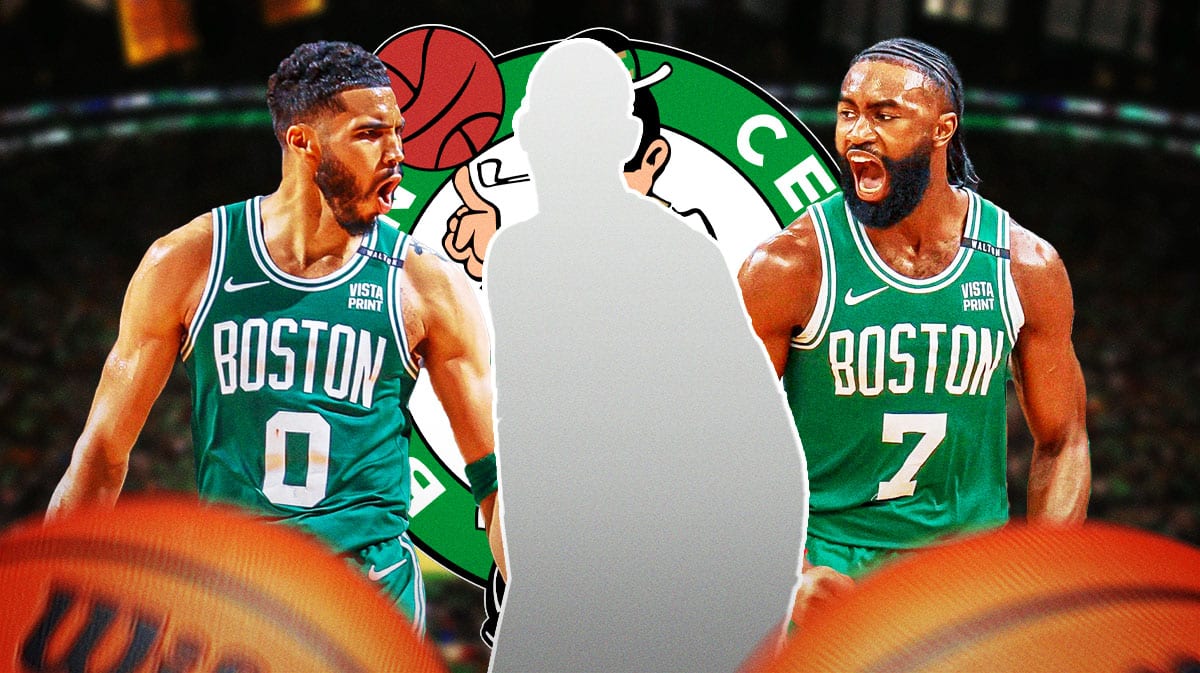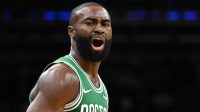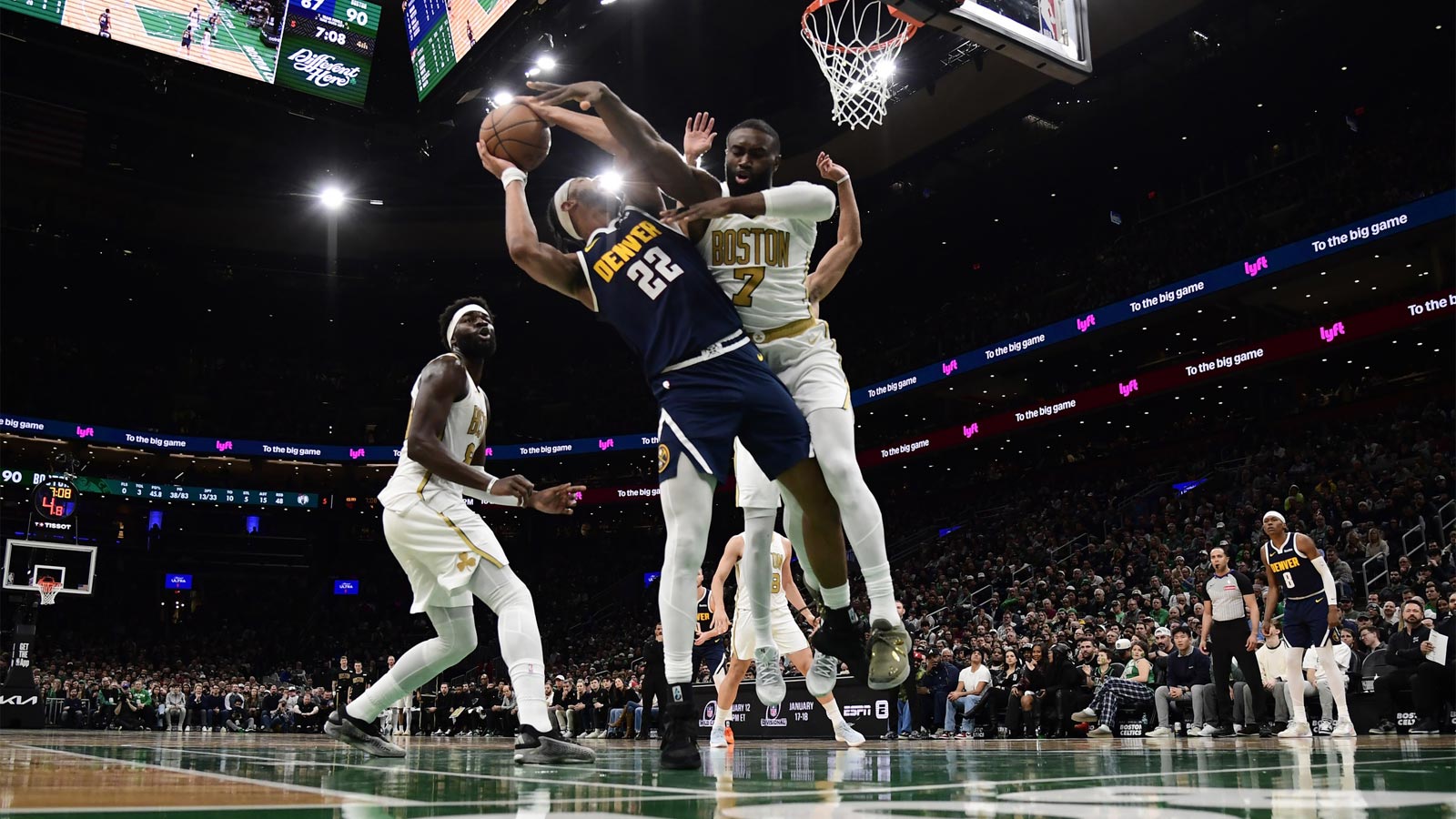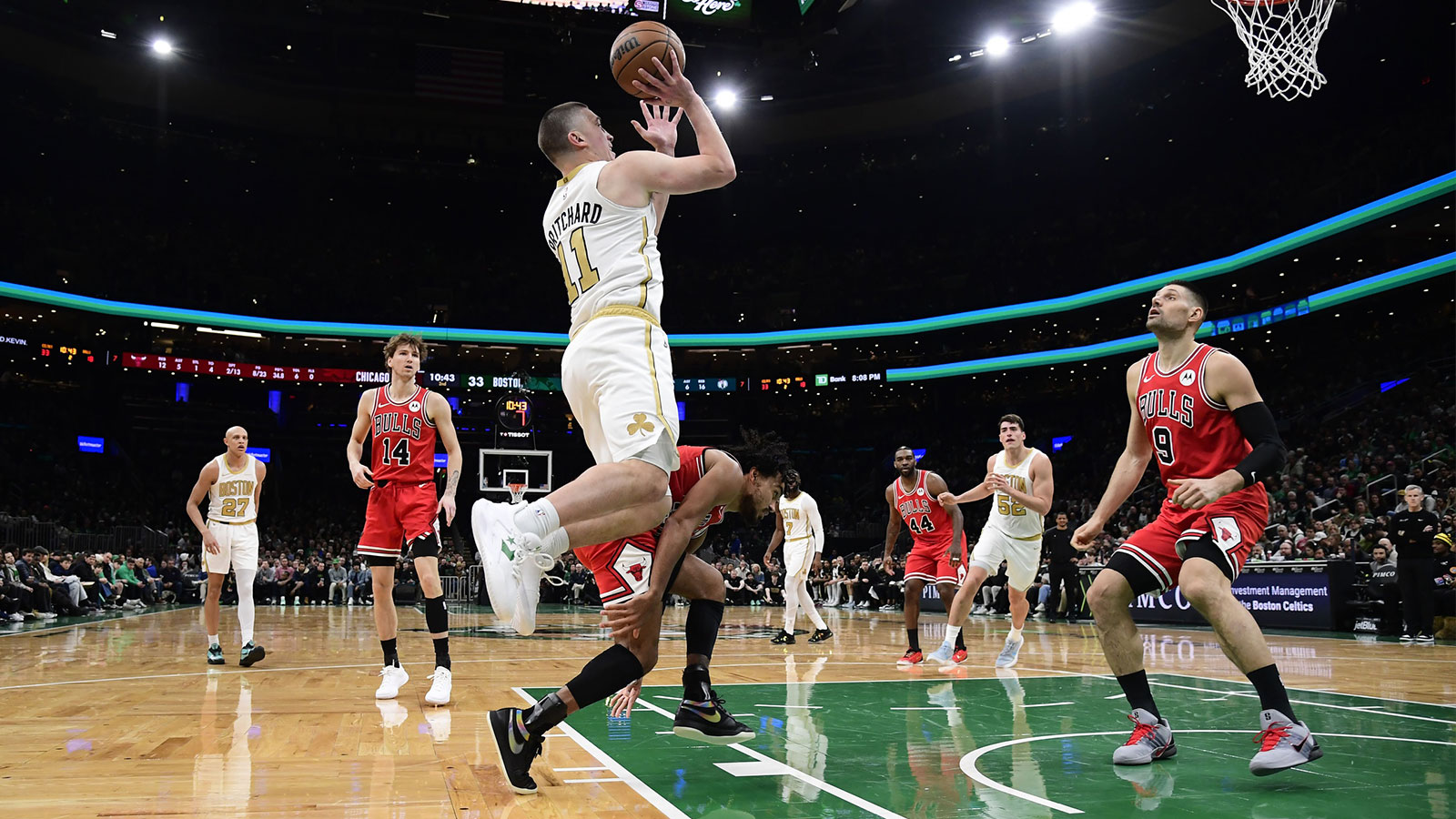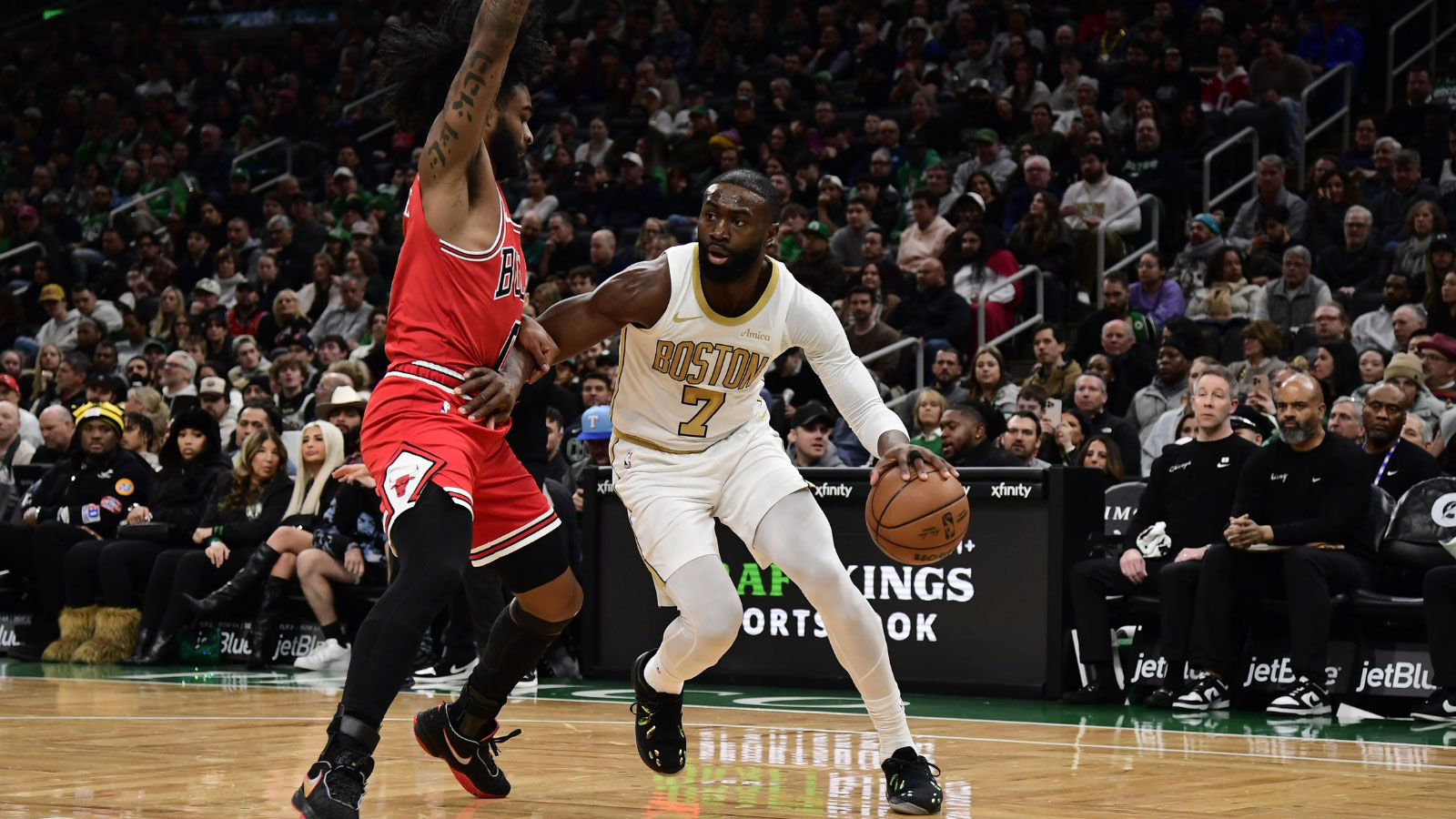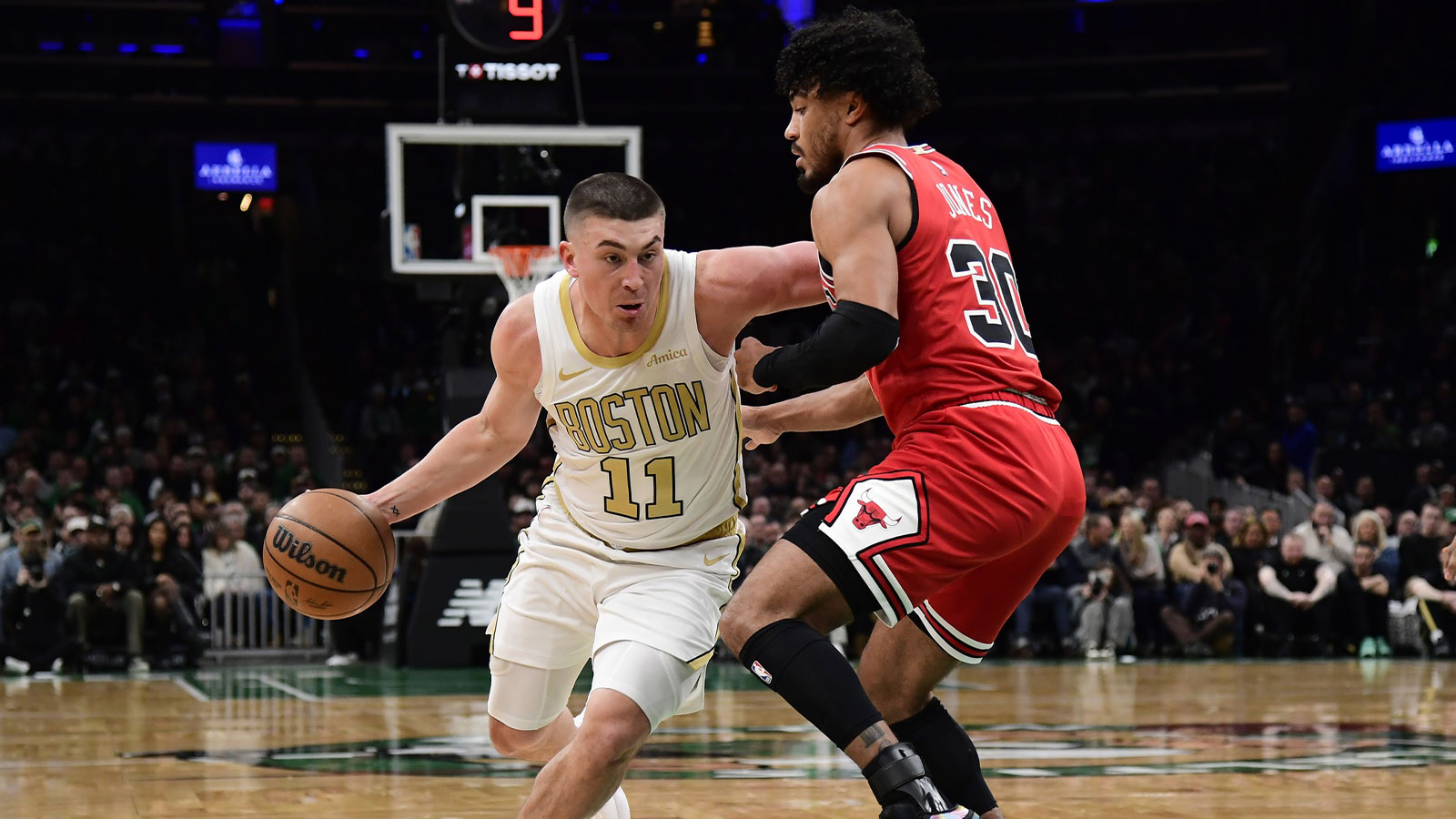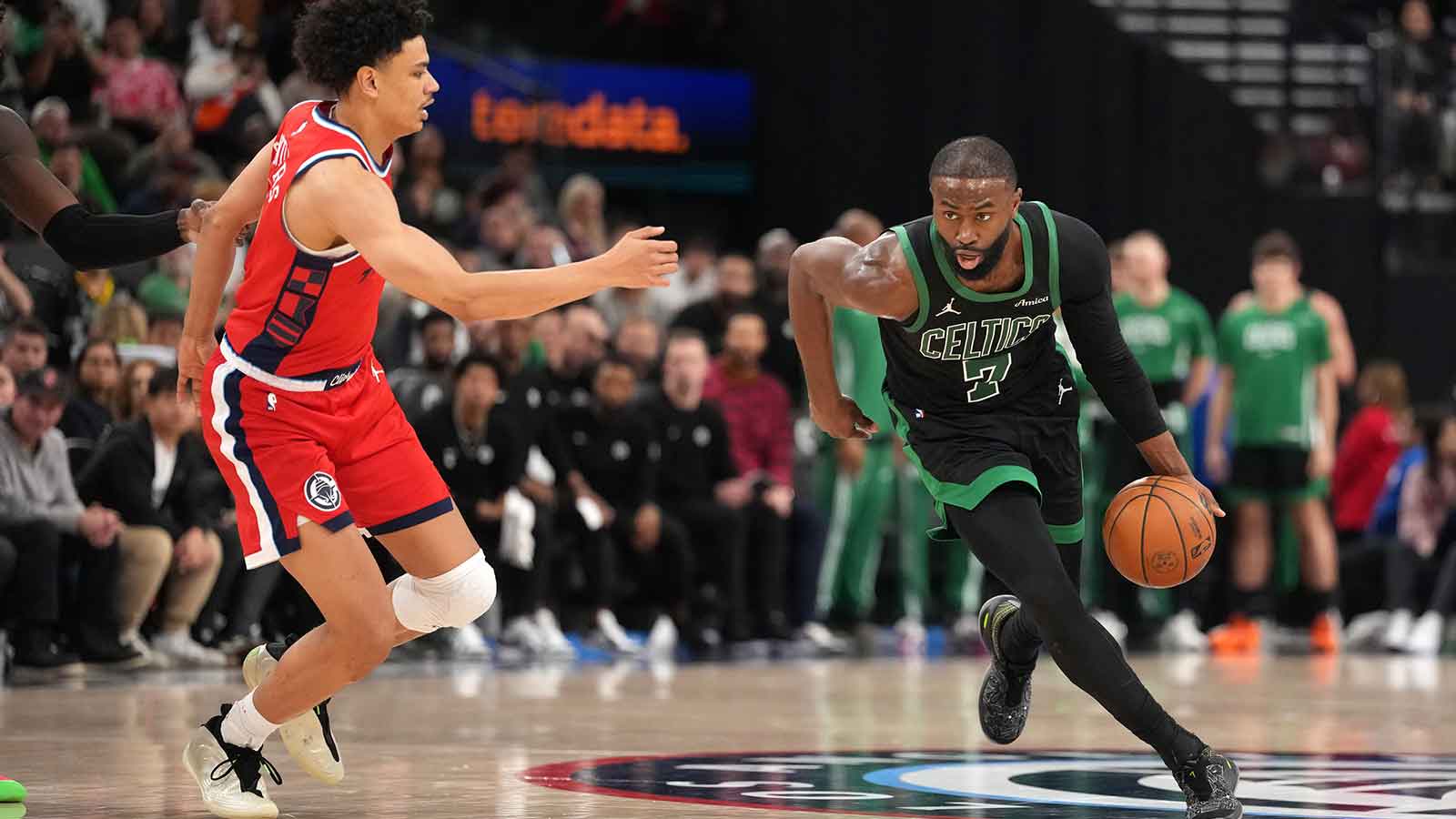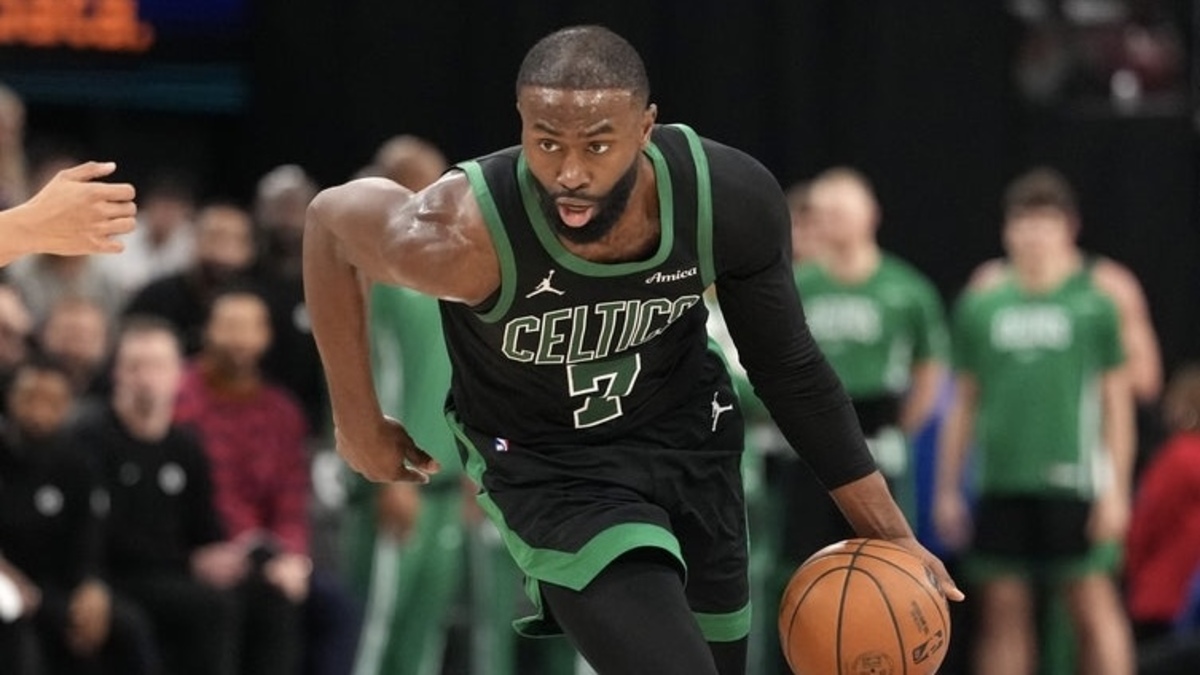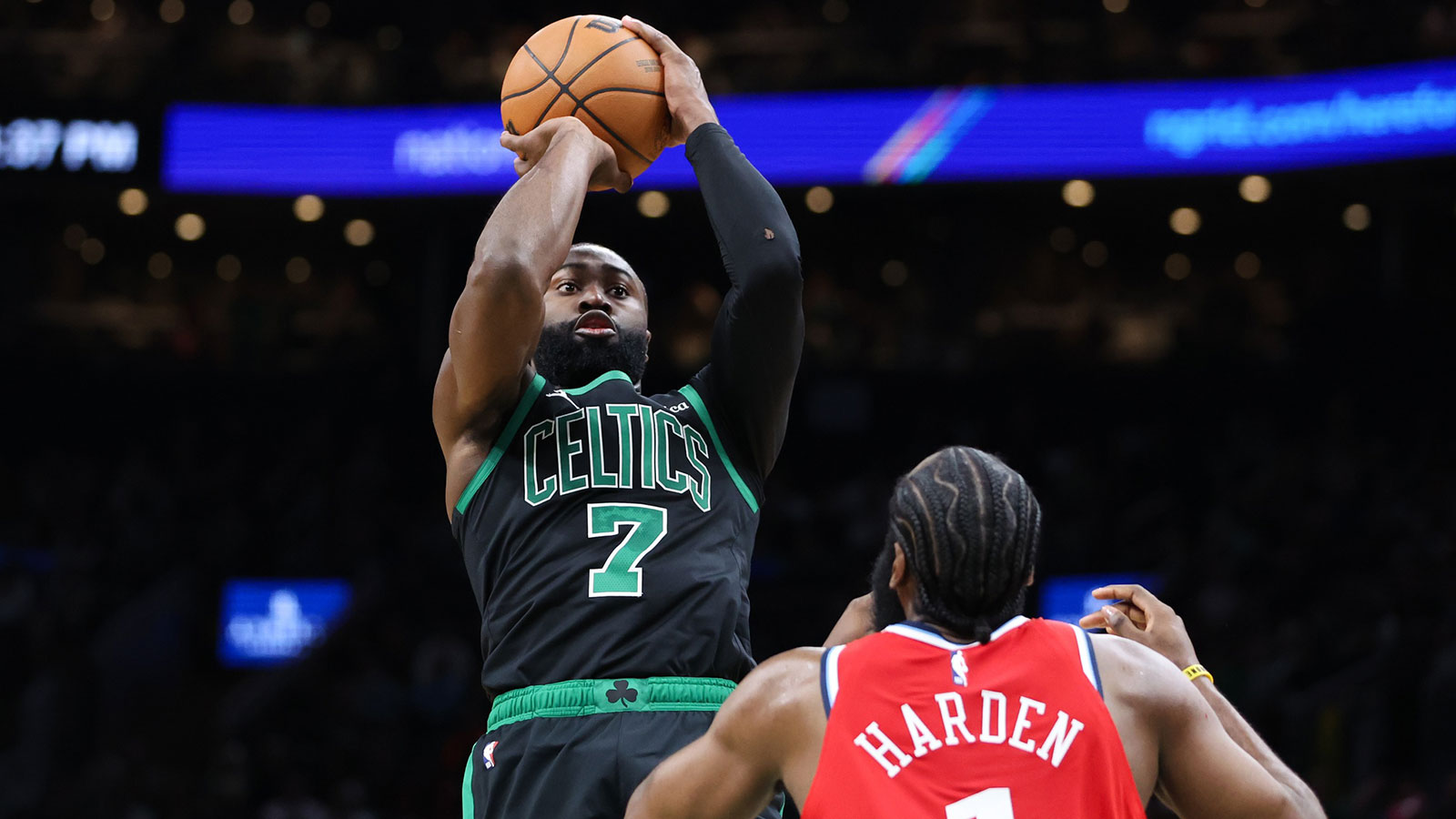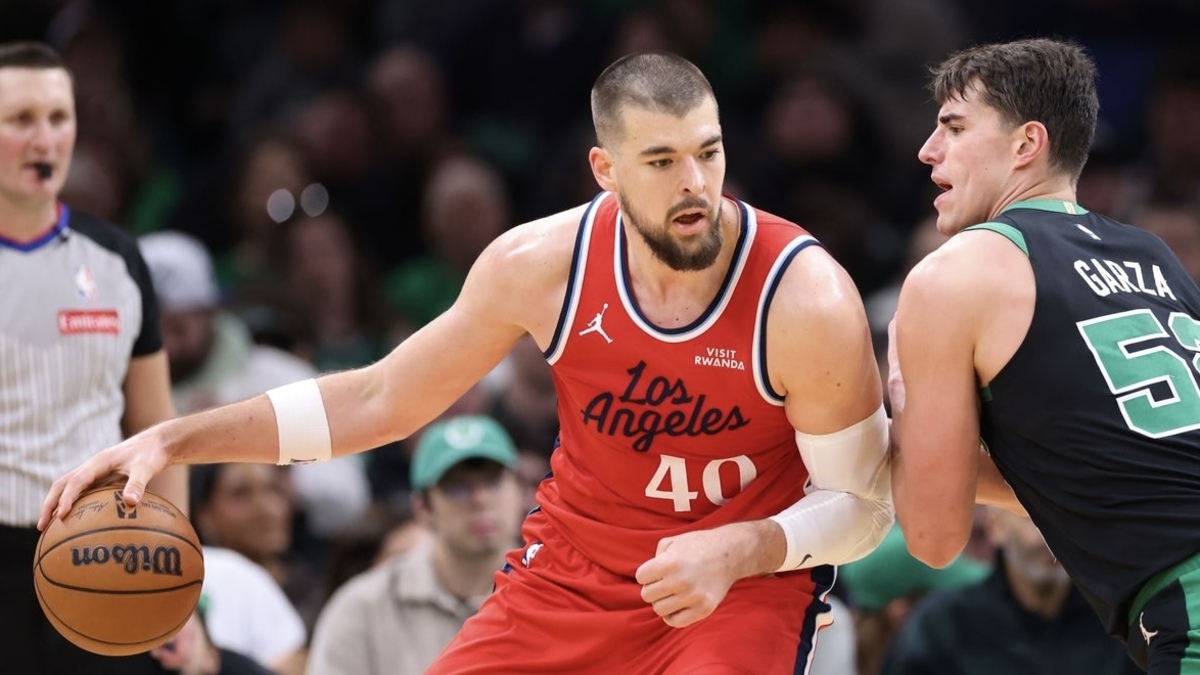The Boston Celtics are NBA Champions. After 16 years of longing for their 18th banner, the Celtics steamrolled through the Eastern Conference and then the Dallas Mavericks in the NBA Finals. But the only thing harder than getting to the top is staying on top, and the Celtics will need to have a smart, low-cost approach to free agency to round out a roster that very well could go back-to-back.
Like many other championship contenders, the Celtics are way, way over the salary cap. Spotrac lists the Celtics as having about $205 million in total cap allocations, including cap holds, with the bulk of that being the active roster's salaries, which are at nearly $200 million by themselves. Only a handful of teams are projected to spend more than the Celtics this season — the Minnesota Timberwolves and Phoenix Suns are the only two teams who currently have more than $200 million in active contracts — and things will only get more expensive over the next few seasons.
Jaylen Brown's five-year, $285.4 million contract extension is kicking in this season, and Jrue Holiday's four-year, $134.4 million and Kristaps Porzingis's two-year, $60 million extensions also begin this year. Jayson Tatum's extension, which could be worth as much as $313.9 million over five years, will begin with the 2025-26 season. Additionally, the four-year, $118 million extension Derrick White signed last week will begin next year.
Between just the starting five — Tatum, Brown, White, Holiday, and Porzingis — the Celtics will be paying them this season $163.4 million, more than $20 million over the salary cap. When everyone's extensions officially begin next year, the Celtics will owe the five a combined $198.5 million if the salary cap increases by 10% next offseason.
That being said, the Celtics have a team built to contend for a championship again for the next few seasons. Boston won 64 games in the regular season this year and won all but three games in the postseason, putting them in exclusive company in terms of full-season dominance. So it would appear injuries and how well some of the team's oldest players age will be the deciding factor in just how long the Celtics' championship window is.
Although the team's moves have been limited by the cap constraints, Boston's offseason has already been a success. With the last pick in the first round of the NBA Draft, the Celtics selected Creighton sharpshooter Baylor Scheierman, giving themselves another perimeter shooting threat off of the bench and a potential minutes replacement for Oshae Brissett, who declined his player option a few days before the draft.
Most importantly, though, the Celtics have been able to lock up many of their rotation players for at least the next season. In addition to signing Tatum and White to long-term extensions, the Celtics exercised their $2.1 million team option on Sam Hauser and signed reserve big men Luke Kornet ($2.1 million for one year) and Xavier Tillman ($4.8 million over two years) to short-term, low-priced deals to keep them around.
With all of the small, important moves Brad Stevens and the Celtics front office have made, the C's have locked up all but one active roster spot and one two-way player just a week and a half into July. So which player could fit the best in that final Boston active roster spot?
Celtics' biggest offseason need: Another big man
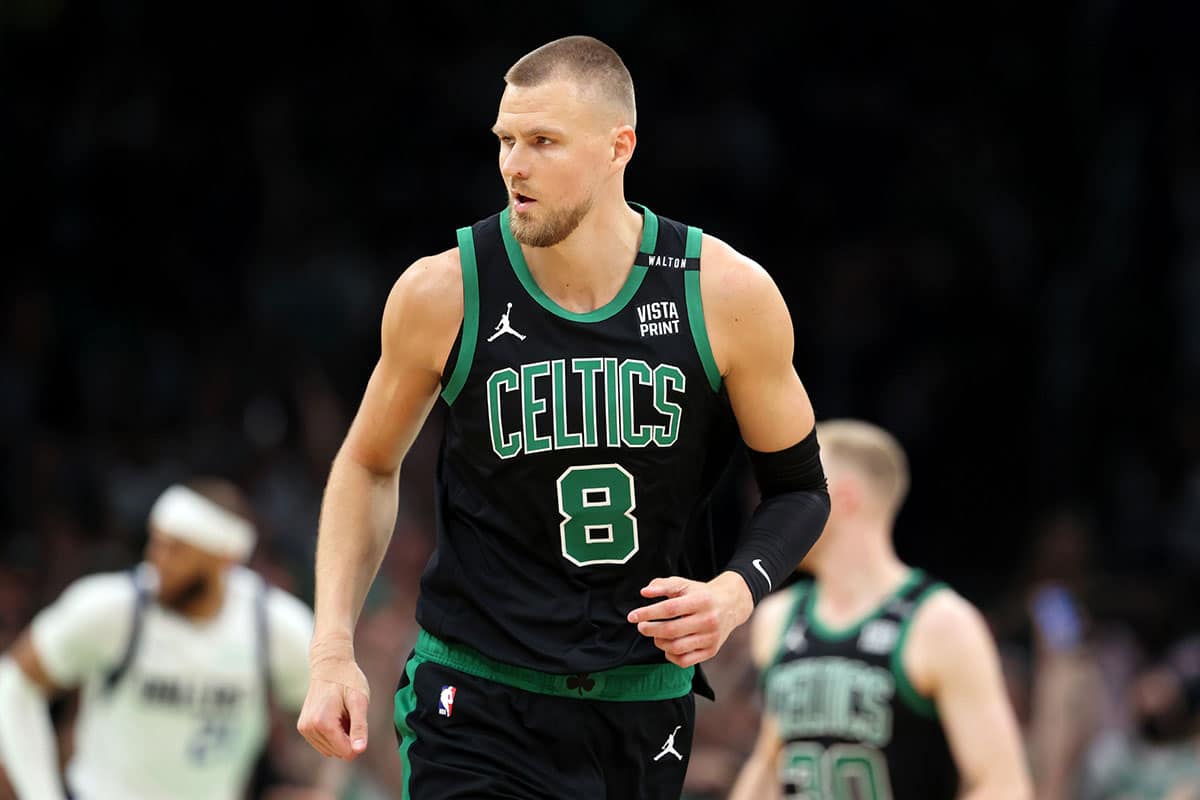
Since the Celtics are set to pay about $200 million in salaries this season, they are above the second tax apron, which is set at $188.9 million, and are thus subject to a few penalties. The most important restrictions to contending teams like Boston are 1) the team cannot take back any more salary than it is sending out in a trade and 2) the team cannot trade more than one player at a time. These limitations mean that any trades the Celtics do will likely be small, with very little money (relatively) coming in and going out.
Fortunately, the Celtics are in a great position; they have all of their rotation players under contract for this upcoming season and own five of their first-round picks over the next seven years. Therefore, the last noteworthy move the Celtics likely will and should make this offseason is signing a veteran to a minimum contract. And while the Celtics could go a few different ways with that, they should sign another big man to complete their roster.
While Jaden Springer, who will earn $4 million this season and become a restricted free agent next year, may ultimately be replaced as the Celtics' final guard at some point this season, Boston needs a big man more than anything else at this point. Kristaps Porzingis, who battled through injuries during the playoffs, underwent surgery to repair a torn retinaculum and dislocated posterior tibialis tendon, an injury the team described as “rare” in the NBA Finals.
Porzingis is expected to “return to play in 5-6 months,” according to the Celtics following his surgery late last month. Five months from then would mean Porzingis returns in late October, right around the start of the season. Six months means late November, a little over a month into the regular season and, if the schedule remains the same from last season, near the end of the second annual NBA Cup (formerly the In-Season Tournament).
I watched Tom Brady’s entire career and I’m not sure he ever reached the level of unstoppable that Porzingis did in this quarter of basketball pic.twitter.com/zVU6La1M4I
— Matt Dolloff (@mattdolloff) July 3, 2024
If the Celtics err on the side of caution with Porzingis, as it is expected they will, the 7-foot-3-inch Latvian could miss the first 10 to 20 games of the regular season. And Porzingis has a lengthy injury history far preceding this latest procedure, so the Celtics will very likely try to ‘load manage' the big man, which could result in him missing 15 to 25 additional games throughout the season after he returns.
While the playoffs are the most important part of the NBA calendar for Boston, rolling out a roster with one fewer big man for a month only serves to put more stress and wear and tear on the other three: Luke Kornet, Xavier Tillman, and Al Horford. Of the three, Horford is the best and most important player, having started about half of the games he played last season and averaging 8.6 points, 6.4 rebounds, and 2.6 assists in 26.8 minutes per game. However, Horford is also the Celtics' oldest player; he turned 38 years old last month. So while he could likely handle a few more minutes per game for a a small stretch of the season, it is a risk to do that with a player as valuable as Horford.
Additionally, neither Kornet, who cannot stretch the floor (despite making his one attempt last season) nor 6-foot-8-inch Tillman, who is a poor shooter, is well-suited to fill the Porzingis-sized hole he leaves behind. Last season, they each averaged fewer than 16 minutes per game, which is probably a fine figure for both, although Tillman could see his playing time increase back to nearly 20 minutes per game, where it was with the Memphis Grizzlies, if needed.
The Celtics could also decide to give fourth-year center Neemias Queta more minutes in Porzingis's absence. Queta led the team last season in rebounds per 36 (13.2) and was just behind Porzingis in blocks per 36 (2.3), but he is limited offensively and prone to fouling (5.4 fouls per 36).
While increasing the minutes of each of the four existing Celtics big men, it would serve the Celtics well to sign a free-agent big man soon. While no minimum-contract player is without flaws or a perfect replacement for a player as talented and unique as Porzingis, there are a few options this offseason for Boston.
If the Celtics are determined to sign someone who can stretch the floor (albeit not incredibly well consistently), they could reunite with Mike Muscala, who played with the team for 20 regular-season games and six playoff games last year after being traded to Boston by the Oklahoma City Thunder. Over the last two seasons, during which he has played for four different teams, 6-foot-10-inch Muscala is shooting 36.0% from three on 7.1 attempts per 36.
I made a Mike Muscala edit for his debut with the Celtics😂 https://t.co/JK3Ot3ysvw pic.twitter.com/m2MXFuJEVE
— Ian Inangelo (@iinangelo) May 23, 2024
Another stretch 4/5 option is Sandro Mamukelashvili, who began his career with the Milwaukee Bucks and played parts of the last two seasons with the San Antonio Spurs. Mamukelashvili has shot 30.1% from three on 5.3 attempts per 36 over the past two seasons, but he has shown flashes of better shooting in the past. He also had 11.7 rebounds per 36 last season, the third-highest on the Spurs.
Past those two, the options to add another shooting big man are relatively limited. Micah Potter, a 6-foot-10-inch big man, has very, very few NBA games under his belt (26 over three seasons), but he would fit the archetype as well. In the G League, he is a career 40.5% three-point shooter on 5.1 attempts per 36 and averaged 15.5 points, 9.0 rebounds, 2.7 assists, and 1.6 blocks with the Salt Lake City Stars last regular season and played even better (16.6 points, 10.6 rebounds, 3.1 assists, 2.1 blocks, 44.2% 3PT) in the G League Winter Showcase.
Micah Potter is one of the most FEROCIOUS dunking centers in the G League! 🌟
The @utahjazz two-way signee averaged 15.5 PPG, 9.1 RPG, and a career-high 1.8 BPG last season for the @slcstars. pic.twitter.com/peLc1ijtdj
— NBA G League (@nbagleague) May 23, 2024
If Chimezie Metu does not receive a better offer in free agency, he could also be a potential fit for the Celtics despite his shooting woes (28.0% 3PT the last two seasons). Metu played for the Phoenix Suns and Detroit Pistons last season, and in a bigger role with the Pistons, he averaged 10.5 points, 6.0 rebounds, 1.9 assists, and 1.7 steals per game.
Other big-man options include 7-foot Omer Yurtseven, who played for the Utah Jazz last year after two seasons with the Miami Heat and averaged 14.7 points and 13.7 rebounds per 36 last season; Damian Jones (12.0 points, 8.9 rebounds, 1.6 blocks per 36 the last two seasons), and Orlando Robinson (10.6 points, 10.4 rebounds, 2.9 assists per 36 in Miami the last two years).

